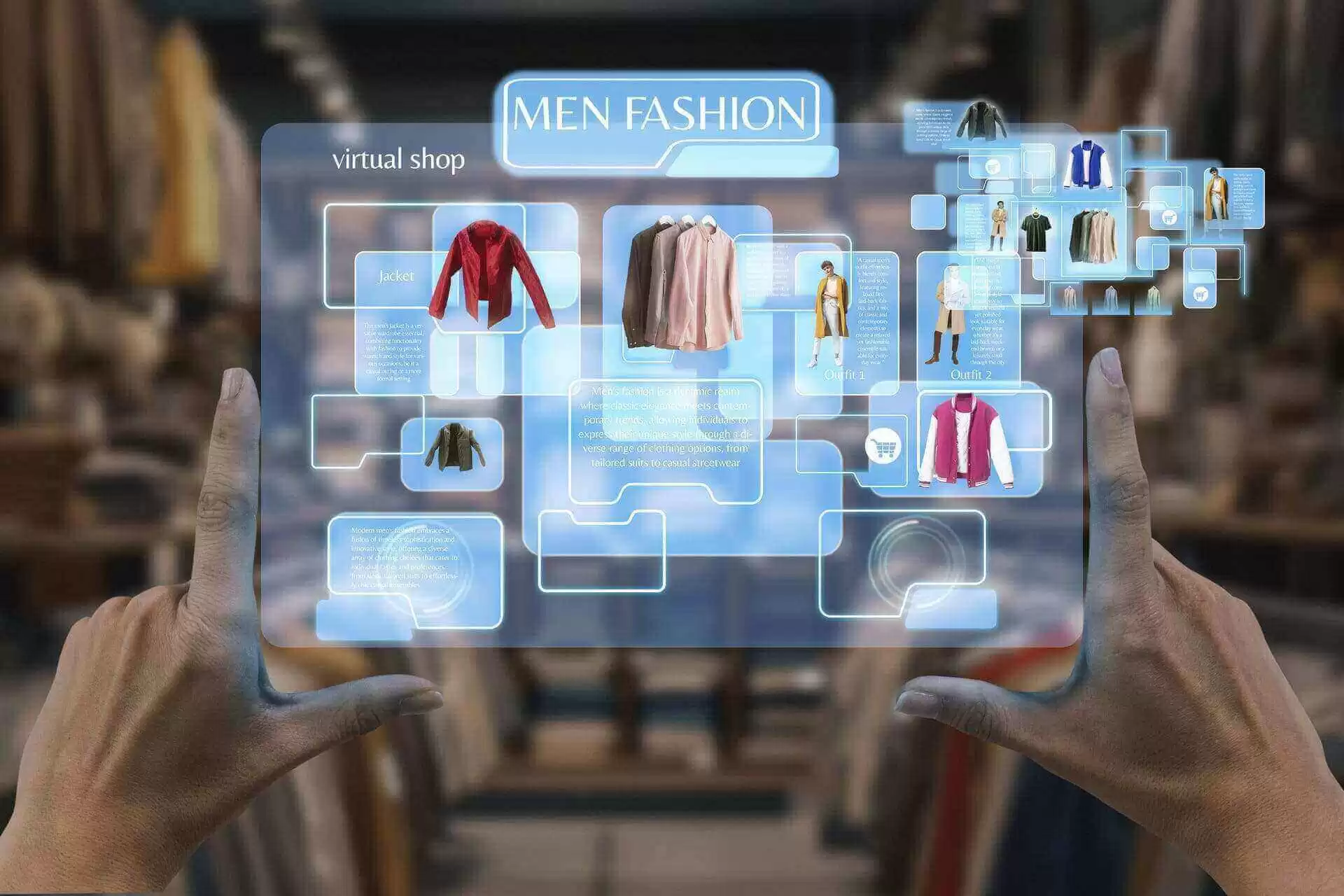Even though they are tied to a real location, virtual storefronts allow online convenience so that shoppers can browse, evaluate, and buy items within a single interface. Digital twin spaces in retail allow customers to walk into aisles to see product details and conclude with a purchase, creating a hybrid model that increases their level of confidence and reduces returns.
How Virtual Storefronts Change the Discovery Process
Virtual store tours drive product discovery beyond living the static picture. The scale and use cases are understood by spatial cues, shelf placement, and visual merchandising. E.g., the buyer evaluating a sofa can see it standing next to a coffee table, judge proportions, and decide faster. This rich context works not only for furniture, electronics, and apparel that profit from situational display but also for accessory cross-sells by including complementary items in the same visual frame.
Designing For Clarity and Conversion
The winning virtual storefronts are then all clearly navigable interfaces with simple interactions and quick paths through checkout. Use hotspots to surface product names, SKU details, and budgets, linking each directly to a product page or cart widget.
For variants, offer a quick-configure panel inside the tour so customers can pick size and color without leaving the scene. Keep sessions short, reduce friction around add-to-cart actions, and show stock status in real time to avoid surprises at checkout.
Mobile-First Experience
Many users arrive from social channels or QR codes, so mobile design must be a priority. Make touch targets large, collapse nonessential controls into progressive panels, and start with a lightweight view that upgrades to higher-resolution assets only when users remain engaged. Progressive loading reduces bounce rates, while careful asset compression preserves visual quality.
SEO and Discoverability
Treat virtual tours as indexable content, not closed experiences. Add crawlable captions and structured data for each SKU, expose product metadata in HTML, and include a sitemap entry for tour entry pages. Search engines will then associate long-tail queries with specific items inside the immersive space.
Combine virtual content with traditional product pages, user reviews, and microcontent that answers common queries, so organic visibility grows alongside engagement.
Personalization Without Friction
Apply basic signals such as past purchases or category affinity to highlight relevant areas of the virtual store. Personalization can also be subtle, like suggesting a product with accompanying accessories or preloading top categories for customers who visit frequently.
Recommend as many things as possible indirectly through subtle cues, even going so far as making customers feel directed rather than monitored with their actions.
Measuring Performance
Apply both commercial and behavior metrics, and measure time spent on the tour, hotspots clicked, and repeat visits. Correlate those metrics with conversion rate, average order value, and return rate for purchases driven by tours. Heat maps identify underperforming areas, while cohort analysis indicates whether experience enhances retention or leads to increased lifetime value.
Operational Benefits
Virtual storefronts enable store and fulfillment operations by distributing planogram information and accurate SKU locations to fulfillment staff. The same tour assets can be utilized by associates to find products for click-and-collect orders, decreasing pick errors and speeding up. A common data model also implies that inventory and price are the same between online and store channels.
Privacy and Security Considerations
Track the smallest possible number of signals required, provide transparent consent flows, and protect payment endpoints. Sensitive data must be kept primarily on-device for AR functionality or try-ons, and server-side handling, when necessary, should comply with local privacy regulations. Transparent policies foster trust, and that trust equals conversion and repeat business.
Rollout Strategy
For instance, furniture, holiday decorations, or maybe high-end consumer electronics can be taken as the first, high-impact category. Run a small pilot, measure your discovery/conversion lifts, and then roll out. Keep asset workflows efficient by prioritizing repeatable capture methods and modular scene components that can be reused across departments.
Customer Support, Accessibility, and Localization
Beyond immediate sales uplift, immersive storefronts support customer education and post-sale care. Embed contextual help, guided tours, and live chat inside the virtual scene so staff can join a session, point to a product, and answer configuration questions that often cause abandonment. Accessibility should be a design requirement, with keyboard navigation, descriptive captions for hotspots, and simplified views for screen readers, expanding reach and meeting compliance.
Localization improves relevance, translates labels and measurement units, adapts pricing and taxes, and presents local payment and delivery options. Operational metrics such as returns, pick accuracy, and time-to-fulfillment should be tracked for items sold via the tour. Present these measures on clear dashboards so teams can prioritize which scenes to refine next. This approach builds measurable value over time.
Conclusion
Virtual storefronts powered by a careful mix of spatial design, integrated commerce, and search-friendly content help retailers turn browsing into purchases. They reduce uncertainty, improve discovery, and support omnichannel operations. For retailers in Dubai seeking local expertise, Limina Studios provides virtual storefront and CGI virtual tour services, including 3D capture, SKU tagging, and e-commerce integration, helping brands deliver immersive shopping that converts.






















